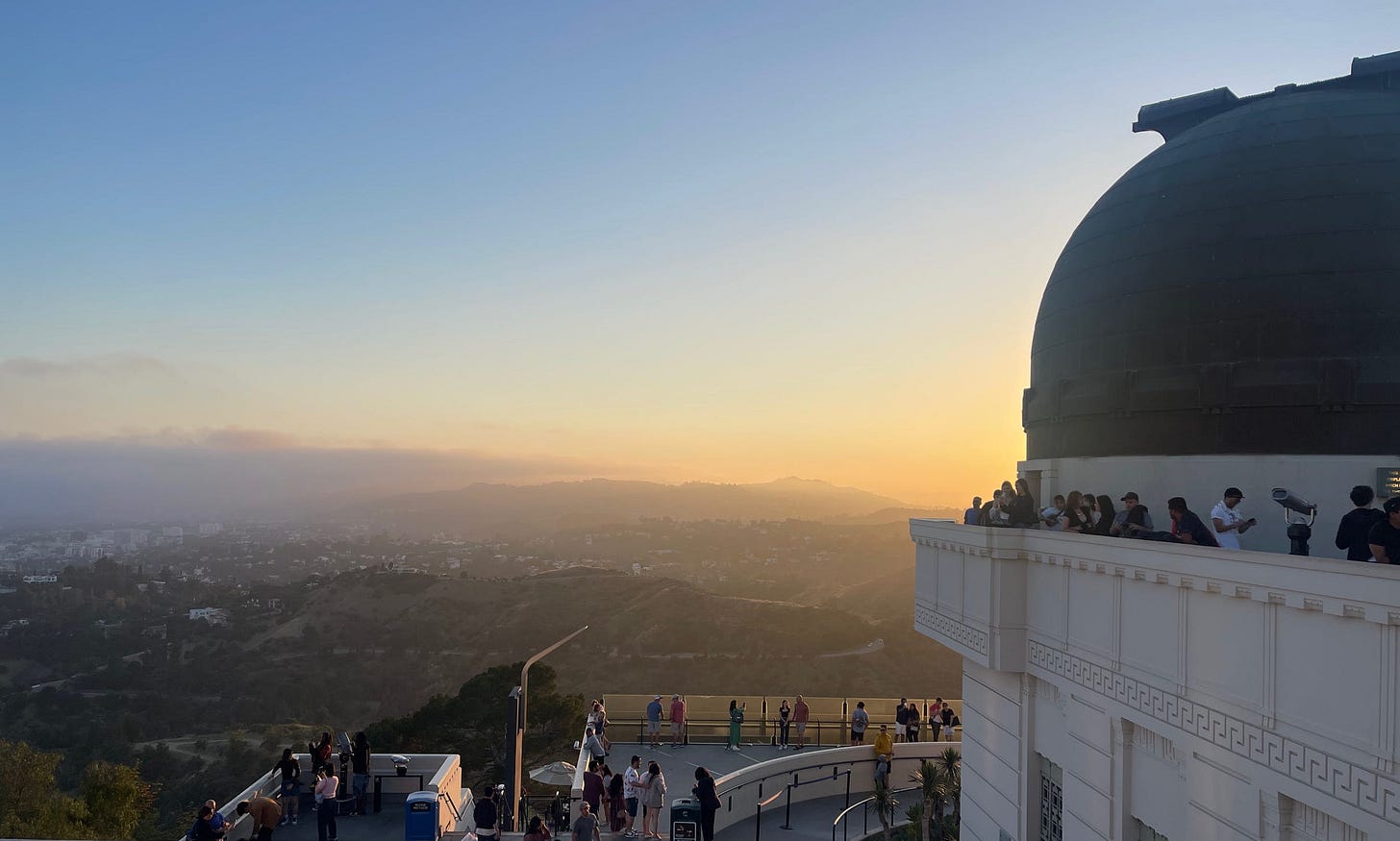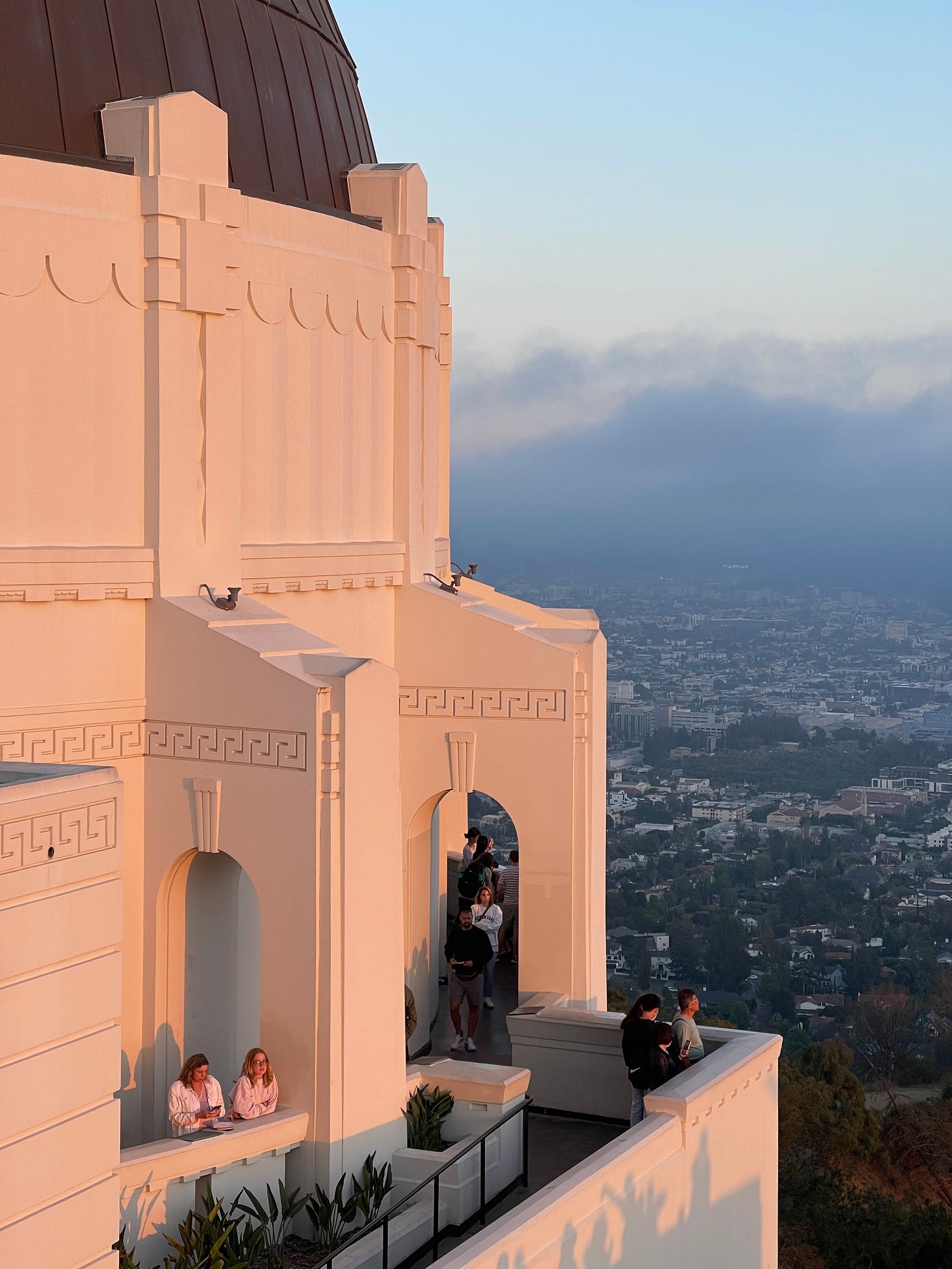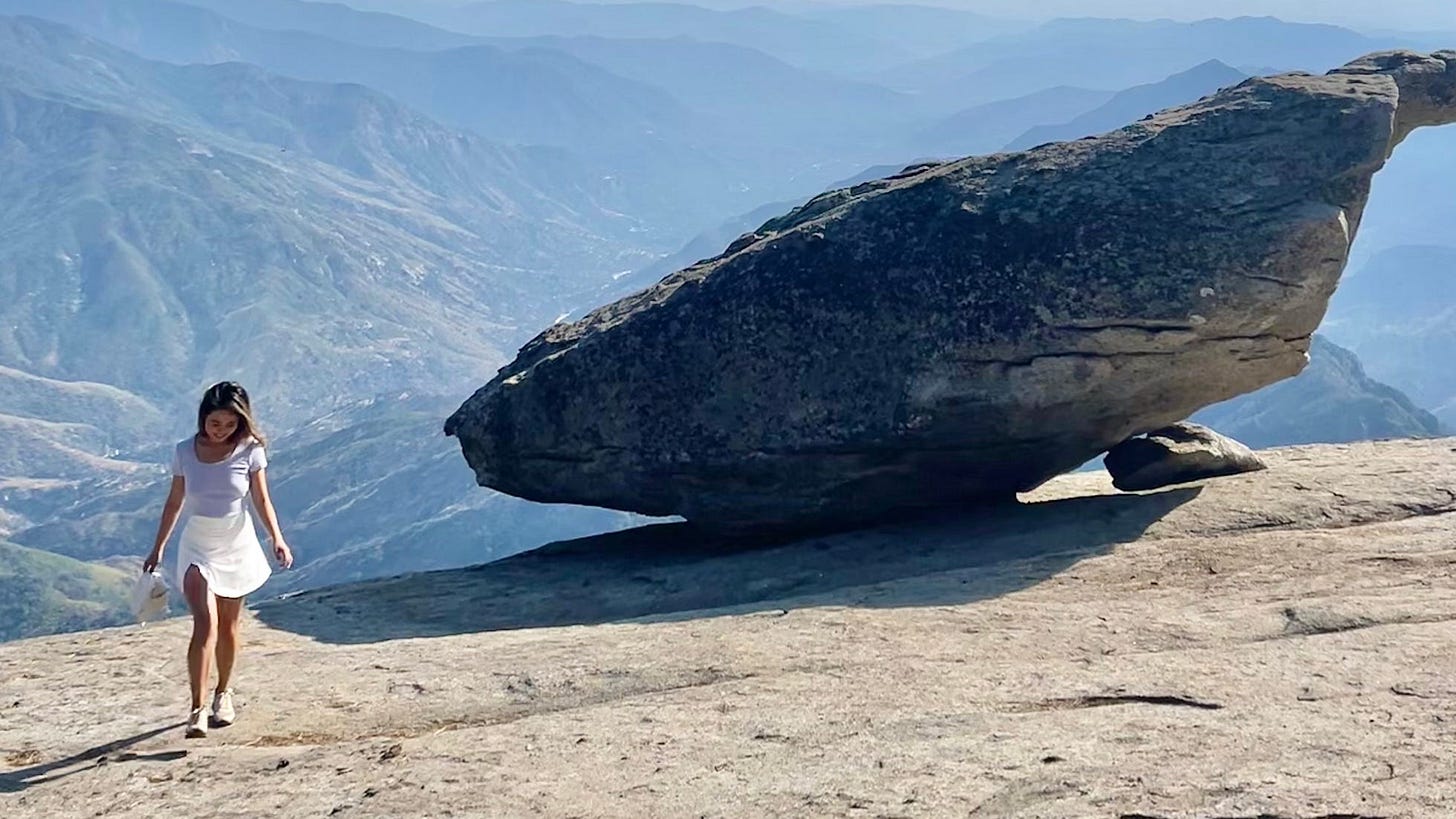A Short Story of the Universe
Letters from the archives — threaded by stars, spheres, and the Milky Way.
Time is a human construct, abetted by the sun, the stars.
We looked to the moon and decided to delineate day and night, to make them into two halves, when in fact they were fine just whole. Prehistory, our prehistory, was overwhelmed by the unknown. Cave paintings and inscriptions predicted disaster, dated nobility, and fell from the stars. For in the Milky Way we saw all its wonder, its white dust, blue light and rosy curls, a solid mass hung heavy and uncertain in the sky.
Emblazoned with the names we gave them, the stars resonated with us, strings plucked at the perfect pitch so that our hearts shook behind our heavy breast bones. The moon sang to us and we, unable to close our ears to the music, we listened.
And we heard our fates.
Then, when the study of the heavens was first put to scientific scrutiny, we referred to the heavens as the “firmament”. Firm. Unyielding. Fixed. There was no vacuum, no space, no void. Space was full and weighty and almost within reach. And we, the Earth and her patrons, we stood at the center of it all.
With the movement of the spheres we split our lives into years, years into months, and months into days. From the sun we borrowed hours and turned minutes into seconds, microseconds, nanoseconds–into ever-smaller denominations, pushing for the moment until time could no longer be divided. We were looking to find the moment of time’s undoing. We created it, and now we’re obsessed with finding its collapse.
The light of stars is a peculiar interest, an after-image. We see our sun as it was eight minutes ago, the light that takes millions of nanoseconds to reach our human eyes. Even now with powerful telescopes and tools of observation, scientists believe certain fundamental truths of our universe have coasted beyond our reach.
There are questions to which we will never have answers.
Perhaps worse, there are answers we may never think to question.
It is in the mountains of New Hampshire that our naive narrator discovers not all people come to college to partake in the life of the mind. She craves the night, when darkness cloaks the country and all the stars—the ones she’s memorized by now from simply having spent too much time staring into the vast unknown—will be her haven, each pinprick of light perfectly positioned.
But when the sun winks out and the only lights left are human-lit fires sputtering to sleep, she sees them for what they are: balls of gas that were simply the brightest, the ones that were strong enough to puncture past the pollution and haze their siblings into nonexistence. Here and now, when every star is allowed to shine, her loves are lost among the noise and dust.
A girl, still searching for her own truths, creates her own myth to fill the vacuum:
When the universe shook into being, stars came and went with such speed that their light hardly had time to make it through the first year. They burst apart, flinging dust out to the far reaches of the expanding planes of existence. Some of this dust collected into new stars, marking the Milky Way. Some into planets.
And some, just some, coalesced into organic matter that evolved over time into the creatures that would one day look to the sky and decide to delineate day and night, to claim the stars as their own, to understand and tame, to make their own lights—artificial lights so bright they would forget in time how to see without them.
They would no longer hear their fates being sung to them by the spheres.
They would lose the ability to see with their hearts.




